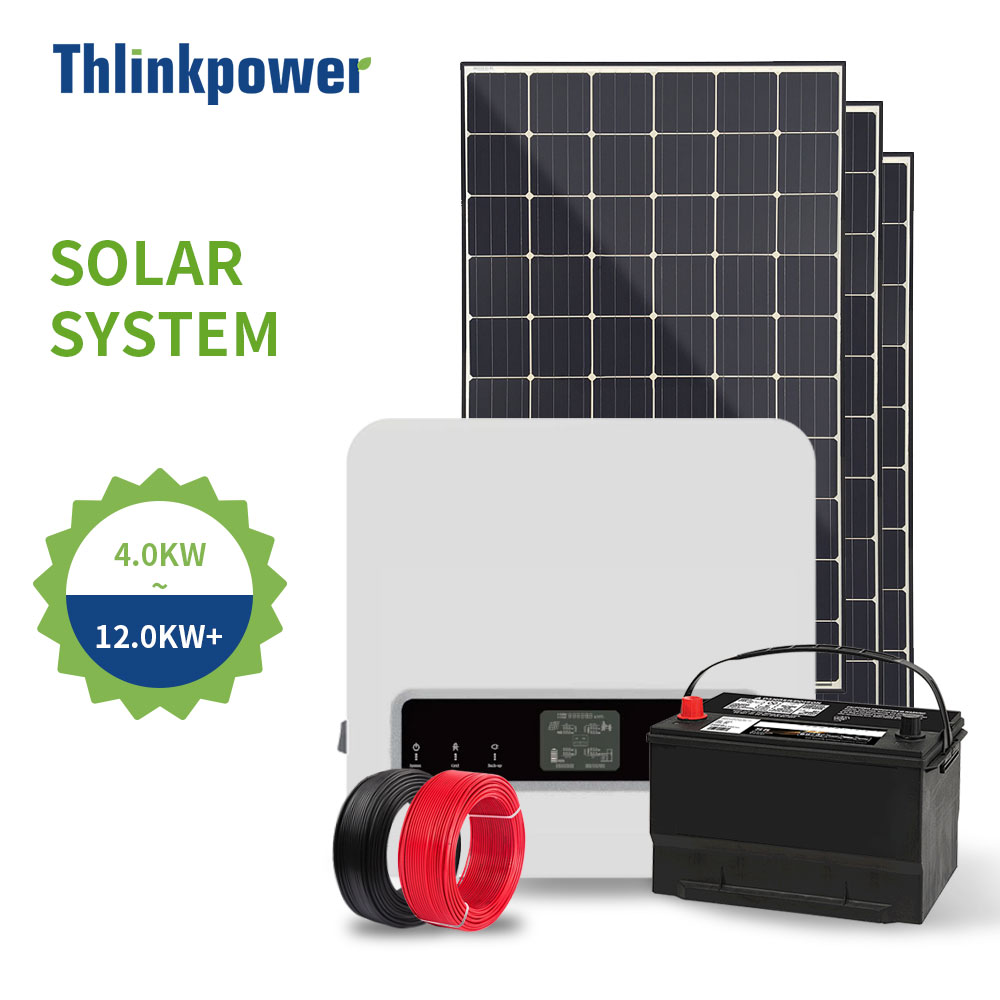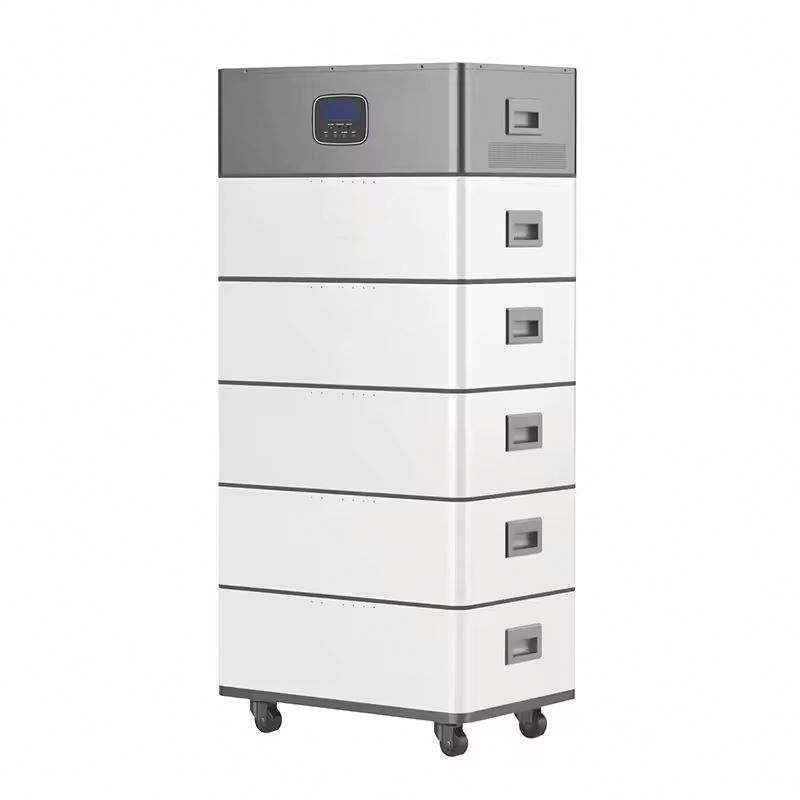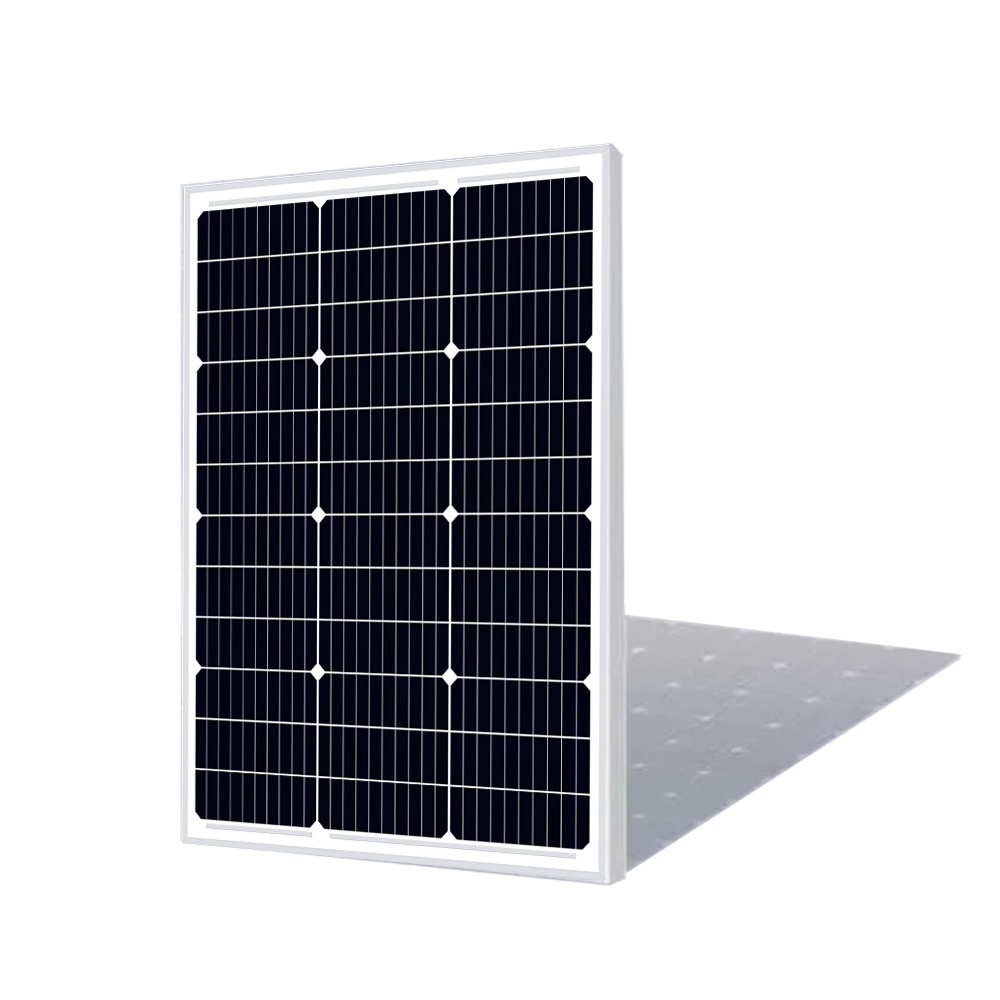Introduction
Off-grid solar systems are a practical solution for those looking to live independently of the utility grid. By combining solar panels, battery storage, and other components, these systems provide a reliable energy source for homes, businesses, and remote areas. This guide will cover everything you need to know about off-grid solar systems, including their benefits, components, and how to design one for your energy needs.
1. What Is an Off-Grid Solar System?
An off-grid solar system is a standalone energy solution that operates independently of the utility grid. It generates electricity from solar panels, stores excess energy in batteries, and uses an inverter to convert it into usable power for appliances. Without a grid connection, these systems are ideal for remote areas or locations without reliable electricity access.
2. Key Components of an Off-Grid Solar System
2.1 Solar Panels
- Purpose: Capture sunlight and convert it into direct current (DC) electricity.
- Tip: Choose high-efficiency panels to maximize energy production.
2.2 Battery Storage
- Purpose: Store excess solar energy for use at night or during cloudy weather.
- Tip: Lithium-ion batteries are recommended for their efficiency and long lifespan.
2.3 Off-Grid Inverter
- Purpose: Converts DC electricity from the panels and batteries into alternating current (AC) for appliances.
- Tip: Ensure the inverter is sized correctly to handle your energy load.
2.4 Charge Controller
- Purpose: Regulates the flow of electricity from the solar panels to the batteries to prevent overcharging.
- Tip: Look for maximum power point tracking (MPPT) controllers for improved efficiency.
2.5 Backup Generator (Optional)
- Purpose: Provides additional power during periods of high energy consumption or low solar production.
- Tip: Choose a fuel-efficient generator for cost-effective backup power.
3. How Off-Grid Solar Systems Work
- Daytime Energy Production: Solar panels generate electricity during the day.
- Battery Charging: Excess energy is stored in the battery bank.
- Direct Energy Usage: Appliances use the electricity generated by the solar panels in real-time.
- Nighttime or Cloudy Days: Stored energy in the batteries powers your appliances.
- Backup Power (Optional): A generator kicks in if the batteries run out of energy.
4. Benefits of Off-Grid Solar Systems
4.1 Energy Independence
- Off-grid systems eliminate reliance on the utility grid.
- Ideal for remote locations or areas with unreliable grid access.
4.2 Reliable Power Supply
- With proper system sizing, off-grid systems provide consistent power year-round.
4.3 Cost Savings
- Avoid monthly electricity bills and rising grid energy costs.
- Long-term savings outweigh the initial installation cost.
4.4 Eco-Friendly Solution
- Off-grid solar systems rely entirely on renewable energy, reducing carbon emissions.
4.5 Scalability
- Systems can be expanded by adding more solar panels or batteries as energy needs grow.
4.6 Versatility
- Suitable for homes, businesses, farms, cabins, and even mobile setups like RVs.
5. Applications of Off-Grid Solar Systems
5.1 Remote Homes
- Example: A cabin in the mountains uses a 10kWh off-grid system to power lights, appliances, and heating.
- Benefits: Energy independence and no connection to the utility grid.
5.2 Farms and Agricultural Use
- Example: A farm installs an off-grid system to power irrigation, refrigeration, and machinery.
- Benefits: Reliable power for essential equipment in rural areas.
5.3 Remote Businesses
- Example: A remote resort uses a 50kWh off-grid system to power guest accommodations.
- Benefits: Sustainable energy for off-grid operations.
5.4 Mobile Applications
- Example: An RV is equipped with a portable off-grid solar system to power devices and appliances during travel.
- Benefits: Energy on the go without relying on campsite hookups.
6. Challenges of Off-Grid Solar Systems
6.1 High Initial Cost
- Off-grid systems require batteries, charge controllers, and backup generators, increasing upfront costs.
6.2 Energy Storage Limitations
- Batteries have limited capacity and need to be sized appropriately for your energy consumption.
6.3 Maintenance Requirements
- Batteries and generators require regular maintenance to ensure optimal performance.
6.4 Weather Dependency
- Solar energy production decreases during cloudy days or winter months, requiring larger battery banks or backup power.
7. How to Design an Off-Grid Solar System
7.1 Analyze Your Energy Needs
- Calculate your daily energy usage in kilowatt-hours (kWh).
- Identify critical appliances that need power during outages.
7.2 Size the System Components
- Solar Panels: Ensure they can produce enough energy to meet your daily needs.
- Battery Bank: Choose batteries with enough capacity to store 1–3 days’ worth of energy.
- Inverter: Match the inverter size to your peak power demand.
7.3 Include Backup Power
- Add a generator for emergencies or periods of low solar production.
7.4 Optimize for Efficiency
- Use energy-efficient appliances and LED lighting to reduce overall system load.
8. Why Choose Thlinkpower for Off-Grid Solar Systems?
At Thlinkpower, we specialize in designing reliable off-grid solar systems tailored to your energy needs.
Our Advantages
- Custom Solutions: Systems designed for residential, commercial, and industrial applications.
- High-Performance Components: Efficient solar panels, durable batteries, and robust inverters.
- Certified Quality: TÜV and CE-certified products for safety and reliability.
- Comprehensive Support: Pre-sales consultation, installation guidance, and after-sales service.
Popular Products
- Thlinkpower Off-Grid Kits: Complete systems with solar panels, batteries, and inverters.
- Thlinkpower Lithium-Ion Batteries: Efficient and long-lasting energy storage.
- Thlinkpower Backup Generators: Reliable power for emergencies.
9. Frequently Asked Questions
Q1: How much does an off-grid solar system cost?
- Costs vary depending on size and components. Small systems start at $10,000, while larger setups can exceed $50,000.
Q2: Can I add batteries to my existing system?
- Yes, but you’ll need a compatible inverter and charge controller.
Q3: How long do off-grid systems last?
- Solar panels last 20–25 years, while batteries and inverters may need replacement after 10–15 years.
Q4: Are off-grid systems worth it?
- Off-grid systems provide energy independence and long-term savings, especially in remote areas.
Q5: What type of battery is best for off-grid systems?
- Lithium-ion batteries are recommended for their efficiency, long lifespan, and low maintenance.
10. Contact Us
Looking for an off-grid solar solution? Thlinkpower provides expert advice and high-quality systems tailored to your needs.
- Phone: +86-18157449065
- Email: thlink5@thlinkpower.com
- Address: Lijiaqiao Village, Gulin Town, Haishu District, Ningbo City, Zhejiang Province
- Website: [https://xl-b.pinshop.com/]





